MoDus Architects designs a tree-hugging tourist office in Northern Italy
A new, sculpturally concrete tourist office in the northern Italian town of Bressanone wraps itself around an existing Platanus tree to a design by South Tyrol based architecture practice MoDus Architects

In the tiny northern Italian town of Bressanone, just outside the medieval city walls, a new concrete structure can be found attempting to hug a tree. The building is in fact a tourism office, designed by local studio MoDus Architects.
Situated between Innsbruck, Lake Garda and the mountain range of Cortina d'Ampezzo, Bressanone, with a population of less than 22,000, serves as a convenient location for tourists destined for the Dolomites. Prior to MoDus’ intervention, a tourist pavilion from the beloved, late, local architect Othmar Barth occupied the site from the 1970s and before that a modernist structure from the 1930s and before that, a 19th Century loggia.
The destruction of these three precursors, is, according the architects, a series of ‘architectural homicides to which their building is the latest episode of. ‘Historical images reveal a collection of eccentric and rather remarkable pavilions that have met their unfortunate demise through their demolition in order to make way for the next ‘victim',' Sandy Attia, co-founder of MoDus says.
This pessimistic view hasn’t hampered the architects, though. Instead, the new tourism office takes cues from all three predecessors and its locale. ‘The building [was] first conceived as a pavilion, or more specifically as a kind of folly, drawing from the small Chinese and Japanese pavilions that mark the corners of the Bishop Palace gardens nearby,' added Attia.
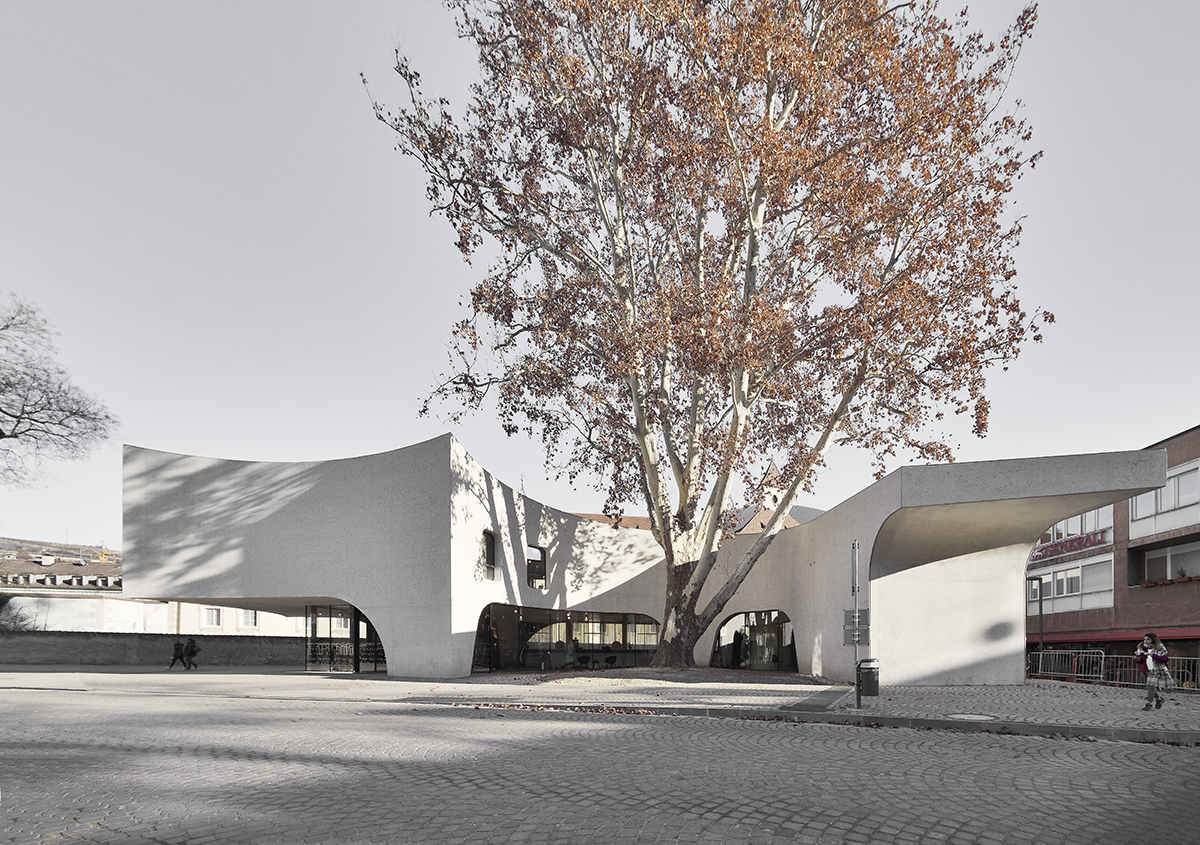
The biggest influence on the design, however, is arguably the large Platanus tree, which the building wraps its concrete form around and gives the project its quirky name: TreeHugger. Using the tree as a fulcrum, five arches span the building’s perimeter and support the structure. Inset windows and a large, if somewhat ominous cantilever, protrudes out to a new town square, marking the building’s entrance.
The ground floor is almost entirely glazed and here tourist information booths and large media screens can be found along with an internal public space used mainly for coordinating tourist groups. Offices for tourist association employees have also been tucked into the back of the ground floor plan, while the top floor hosts a conference room, kitchen and more offices for the tourist association, the tourism office’s director and others, which can be rented.
To encase this program in an unorthodox plan — totalling 430 sqm — the architects opted for concrete, a material fellow co-founder Matteo Scagnol argues was able to collapse the ‘structure and facade into one, single architectural element.'
Furthermore, the concrete is a bush-hammered, blast furnaced concrete made with aggregates and crushed stone from the nearby Brenner Base Tunnel project (an Austria-Italy railway tunnel due for completion in 2021). While the architects talk tongue-in-cheek about ‘victims' and ‘architectural homicides' one hopes, for the sake of sustainability at least, that TreeHugger lasts a good deal longer than what came before it.
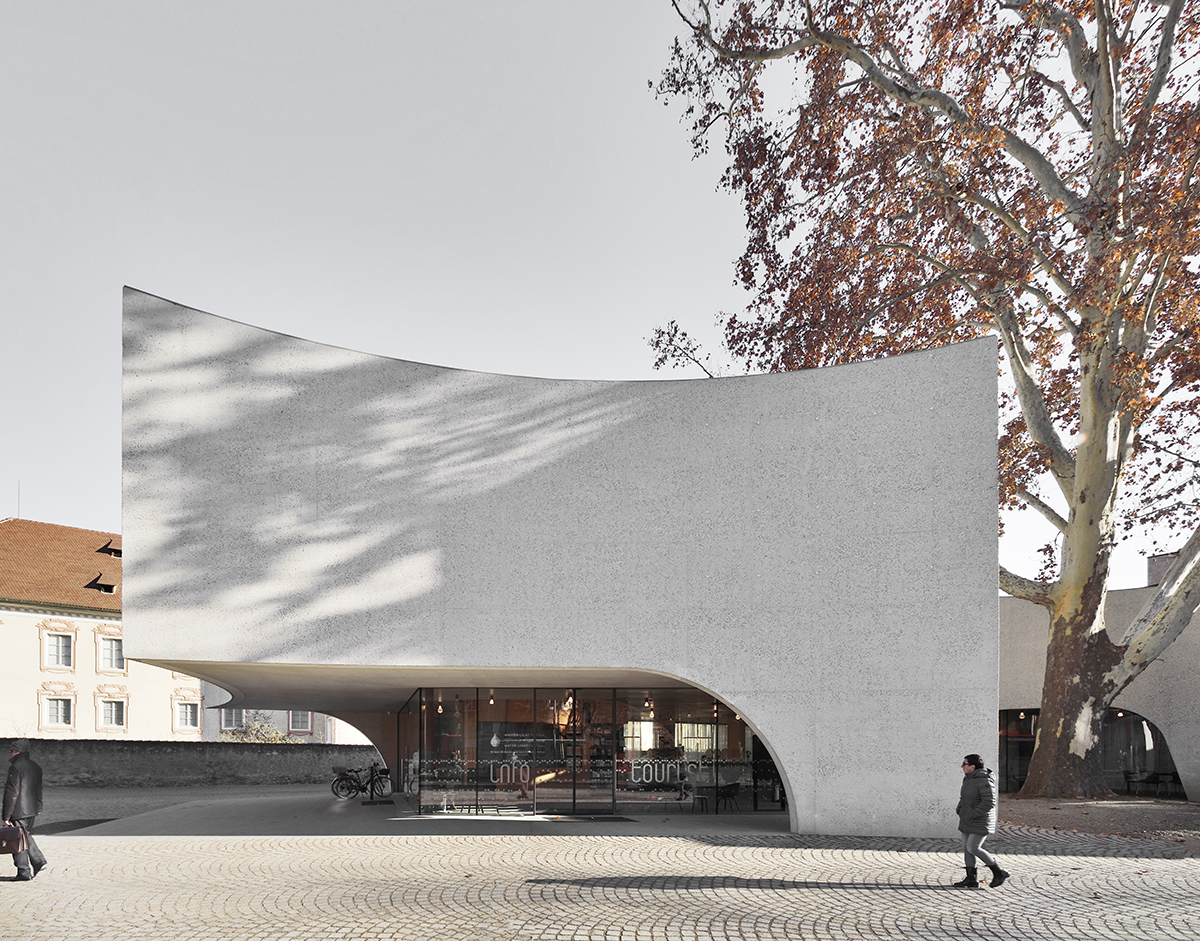

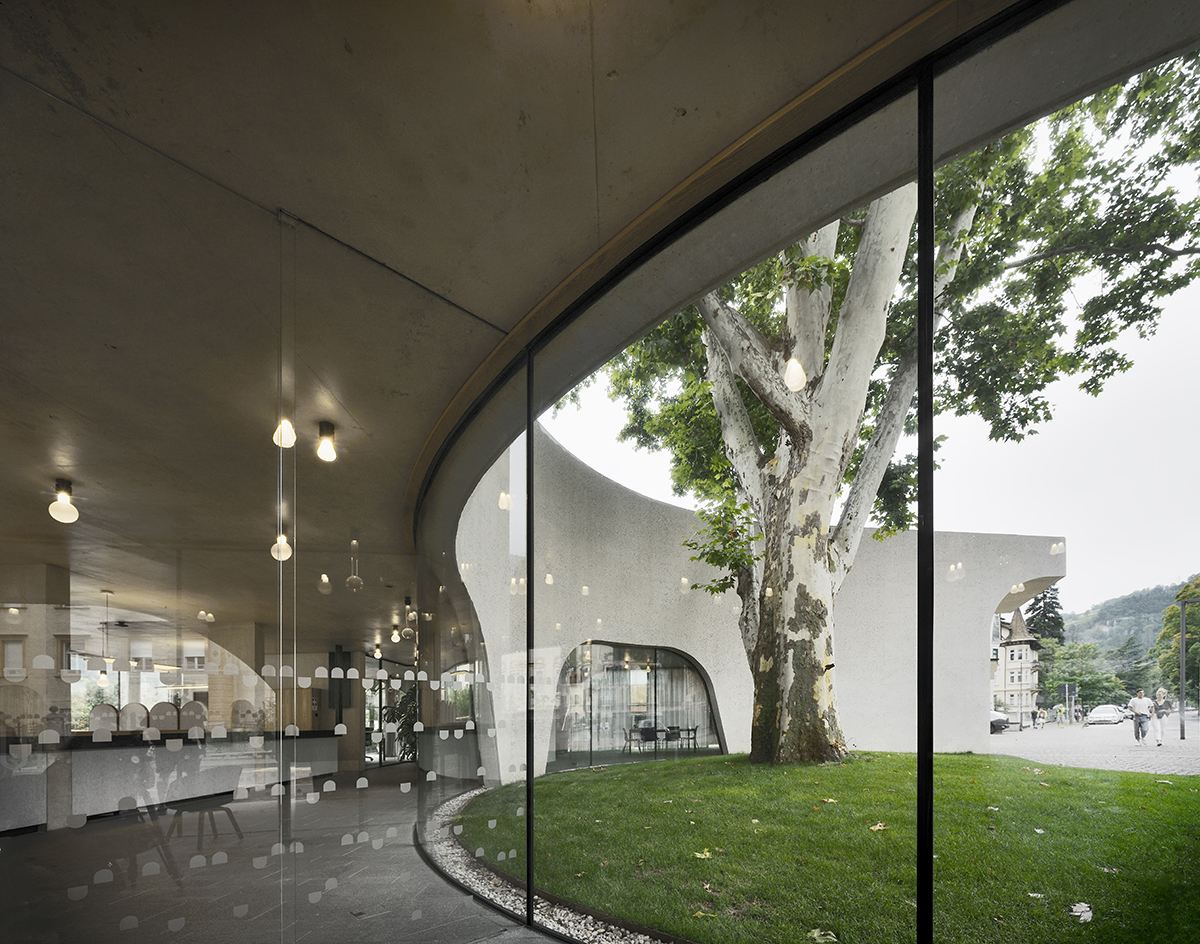
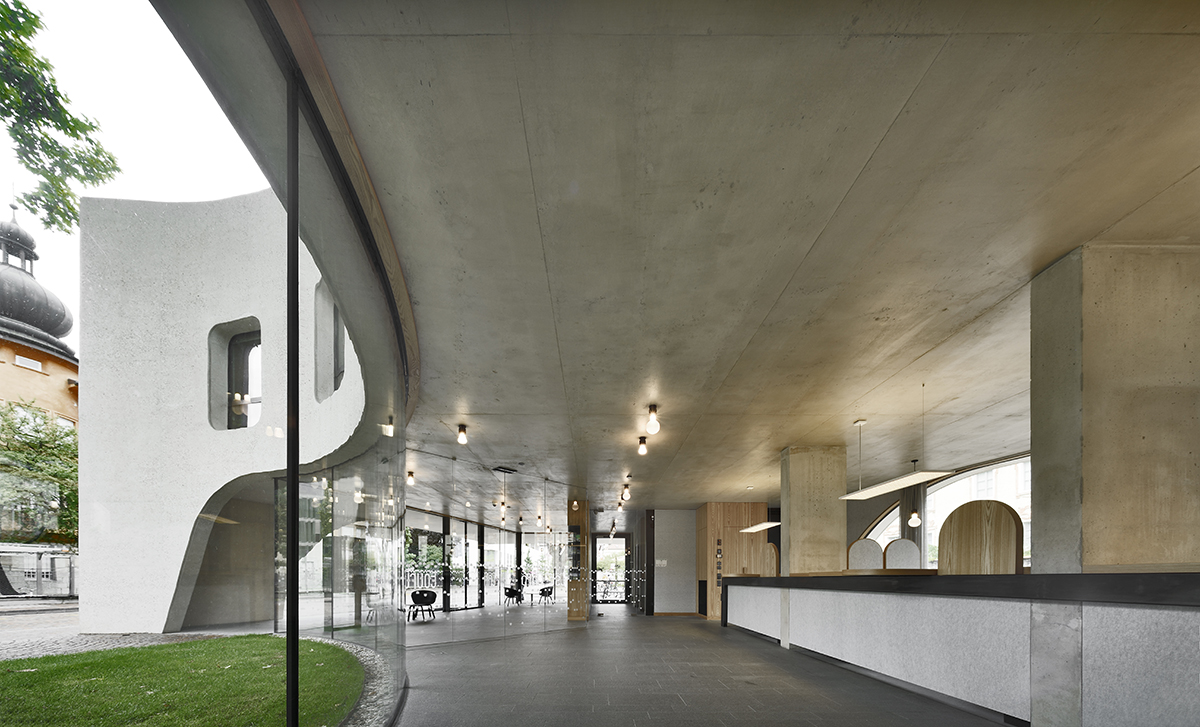
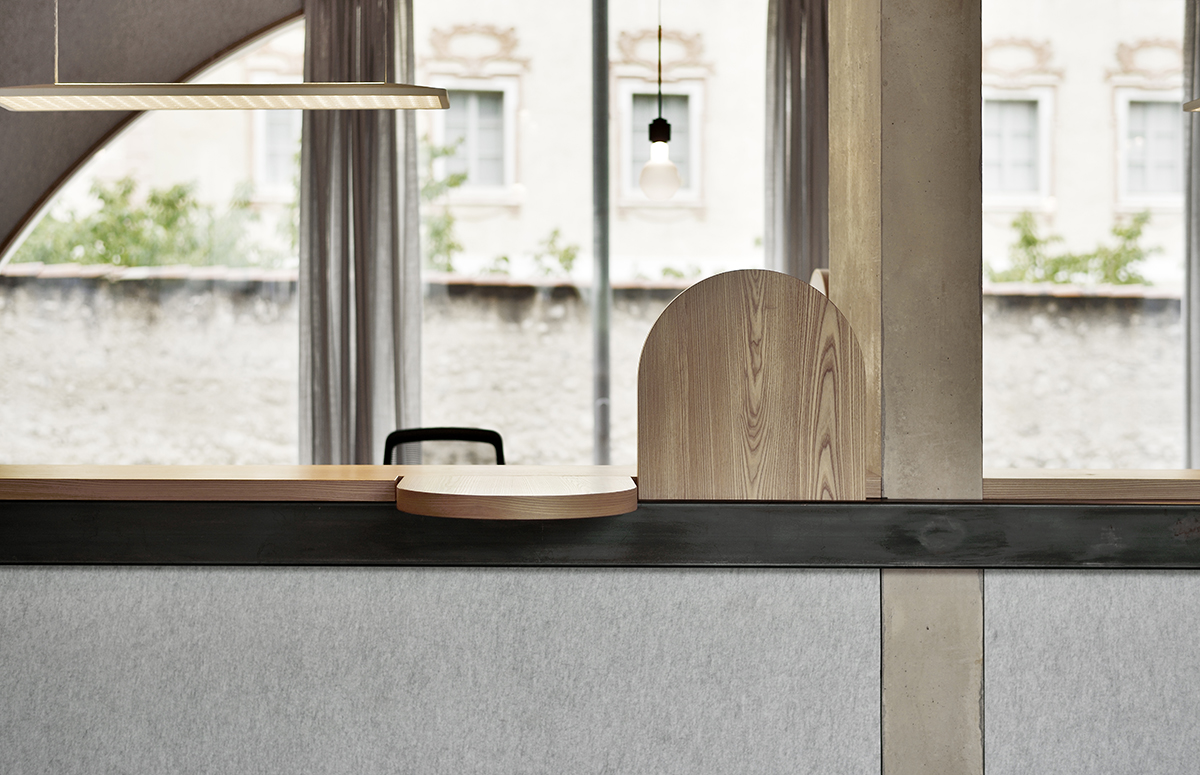
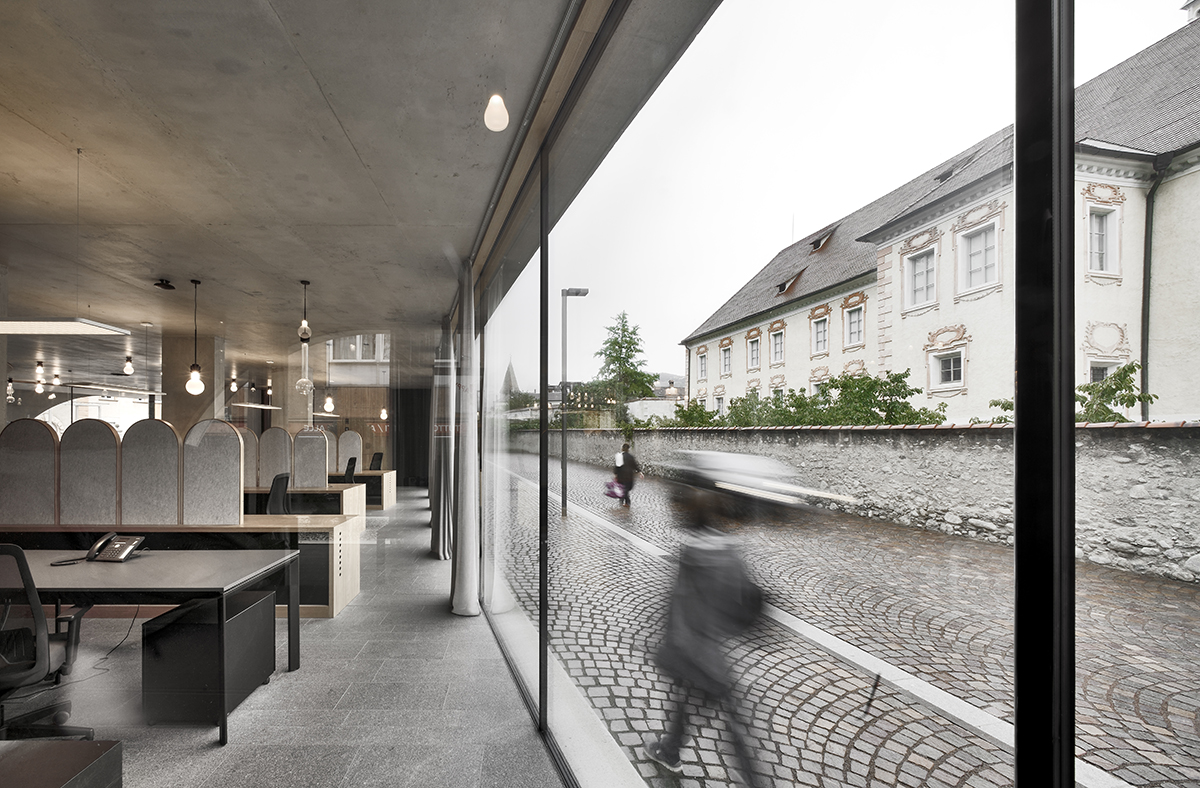
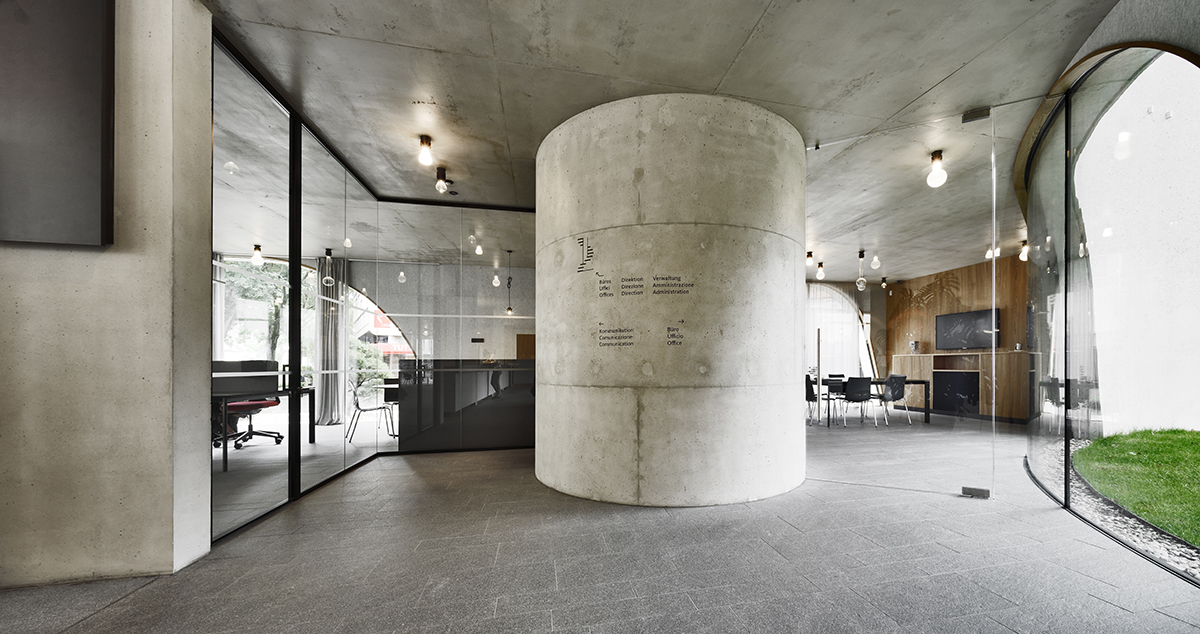
INFORMATION
Receive our daily digest of inspiration, escapism and design stories from around the world direct to your inbox.
-
 Year in review: the shape of mobility to come in our list of the top 10 concept cars of 2025
Year in review: the shape of mobility to come in our list of the top 10 concept cars of 2025Concept cars remain hugely popular ways to stoke interest in innovation and future forms. Here are our ten best conceptual visions from 2025
-
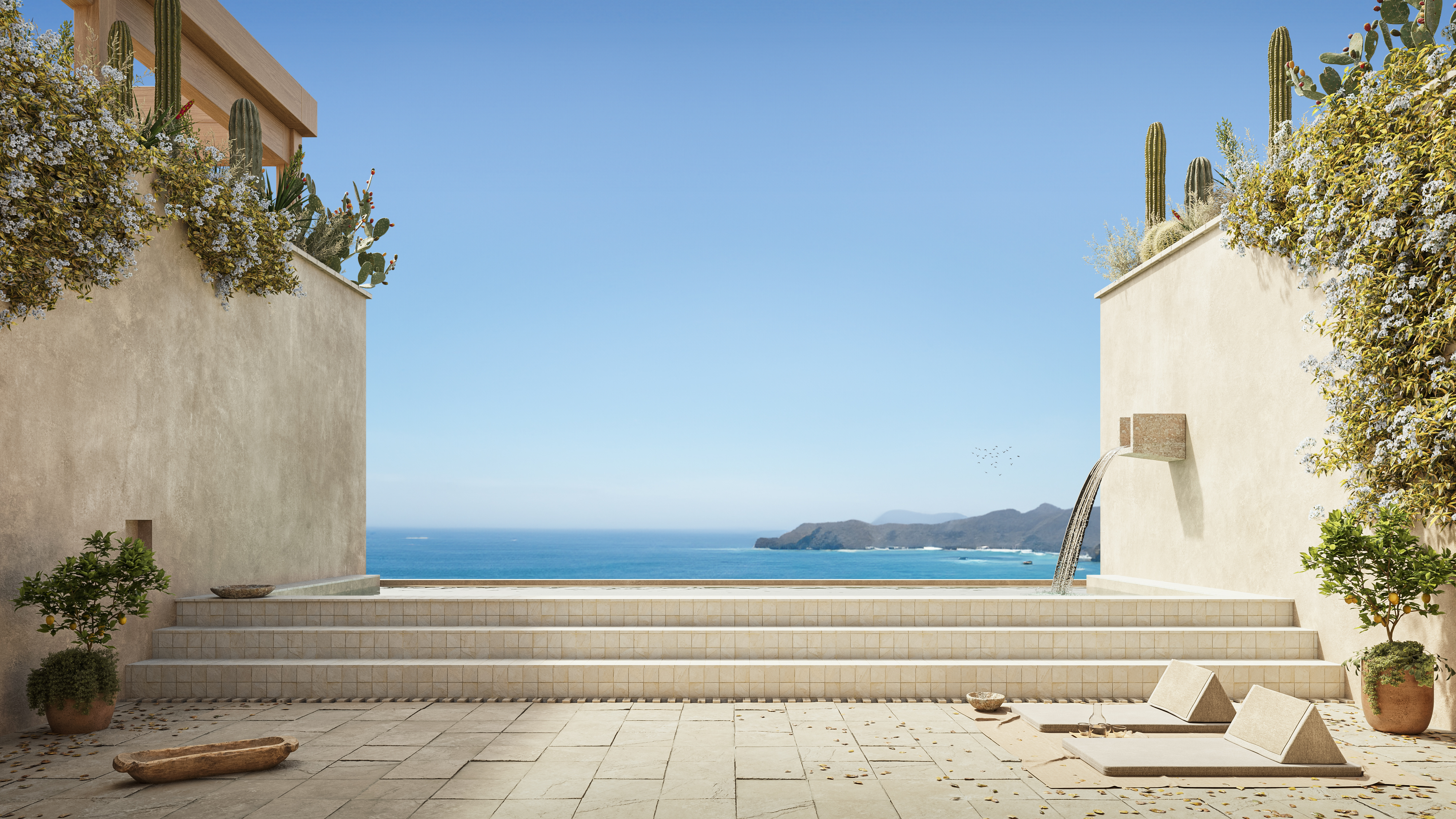 These Guadalajara architects mix modernism with traditional local materials and craft
These Guadalajara architects mix modernism with traditional local materials and craftGuadalajara architects Laura Barba and Luis Aurelio of Barbapiña Arquitectos design drawing on the past to imagine the future
-
 Robert Therrien's largest-ever museum show in Los Angeles is enduringly appealing
Robert Therrien's largest-ever museum show in Los Angeles is enduringly appealing'This is a Story' at The Broad unites 120 of Robert Therrien's sculptures, paintings and works on paper
-
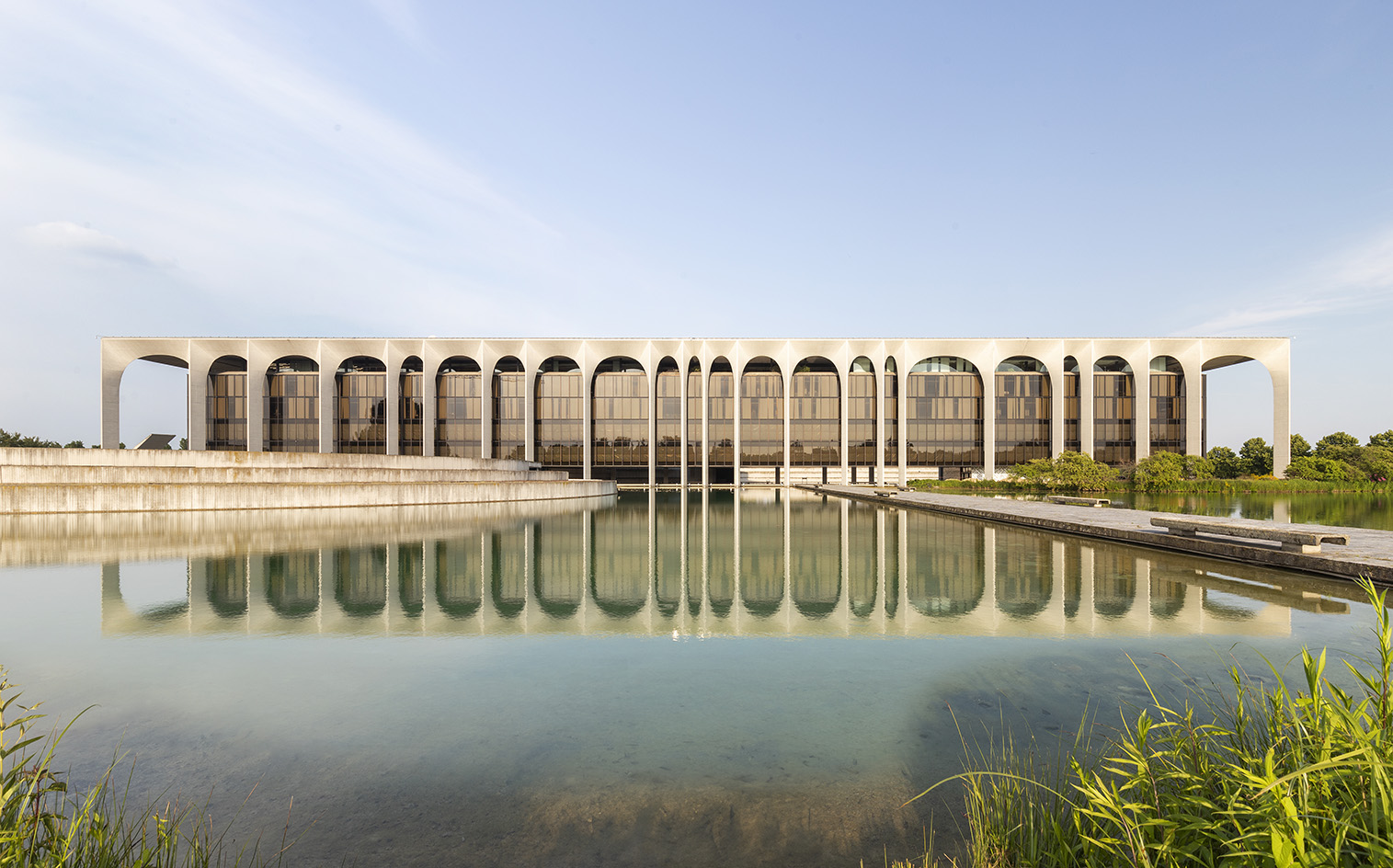 Modernist Palazzo Mondadori’s workspace gets a playful Carlo Ratti refresh
Modernist Palazzo Mondadori’s workspace gets a playful Carlo Ratti refreshArchitect Carlo Ratti reimagines the offices in Palazzo Mondadori, the seminal work by Brazilian master Oscar Niemeyer in Milan
-
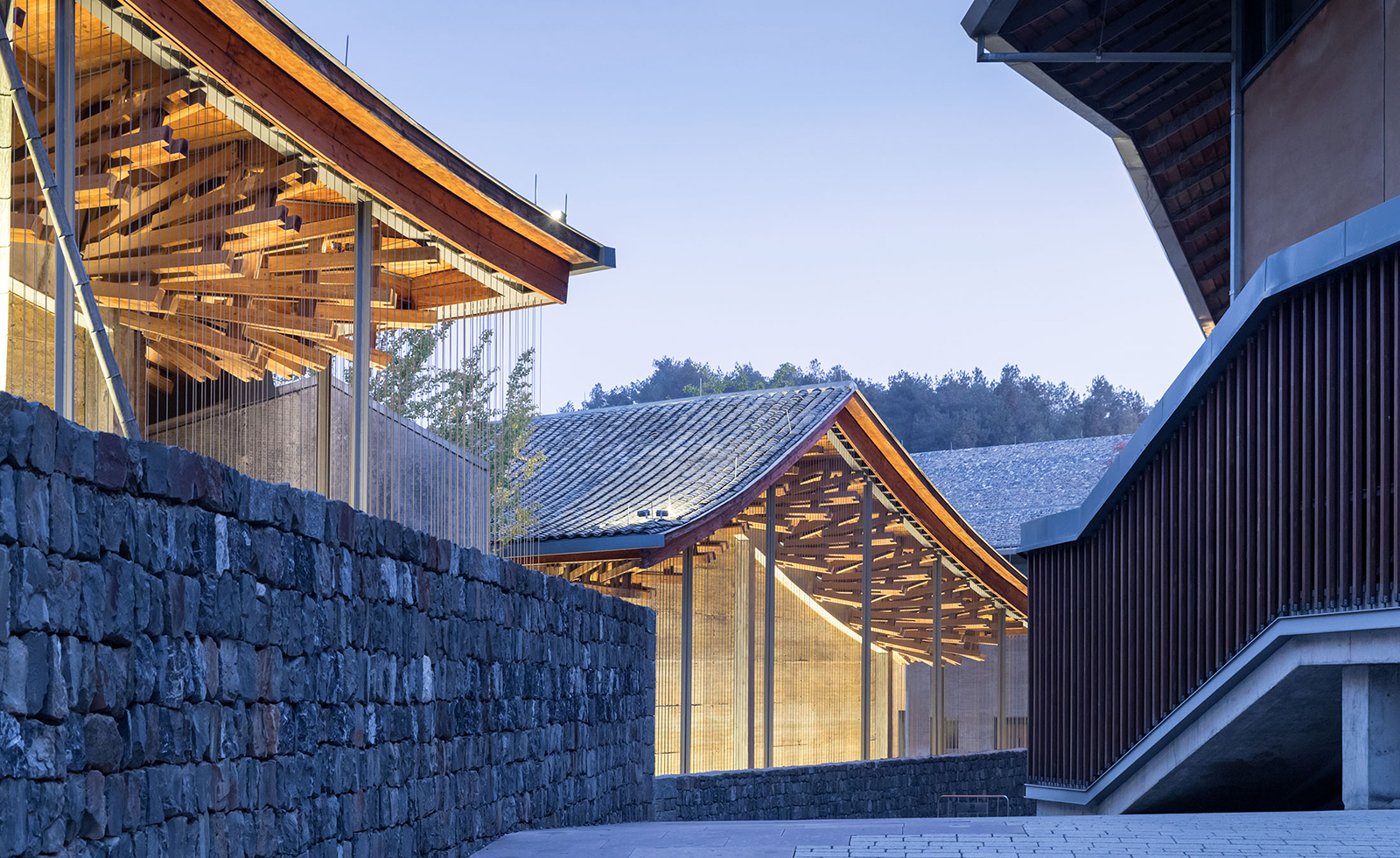 Wang Shu and Lu Wenyu to curate the 2027 Venice Architecture Biennale
Wang Shu and Lu Wenyu to curate the 2027 Venice Architecture BiennaleChinese architects Wang Shu and Lu Wenyu have been revealed as the curators of the 2027 Venice Architecture Biennale
-
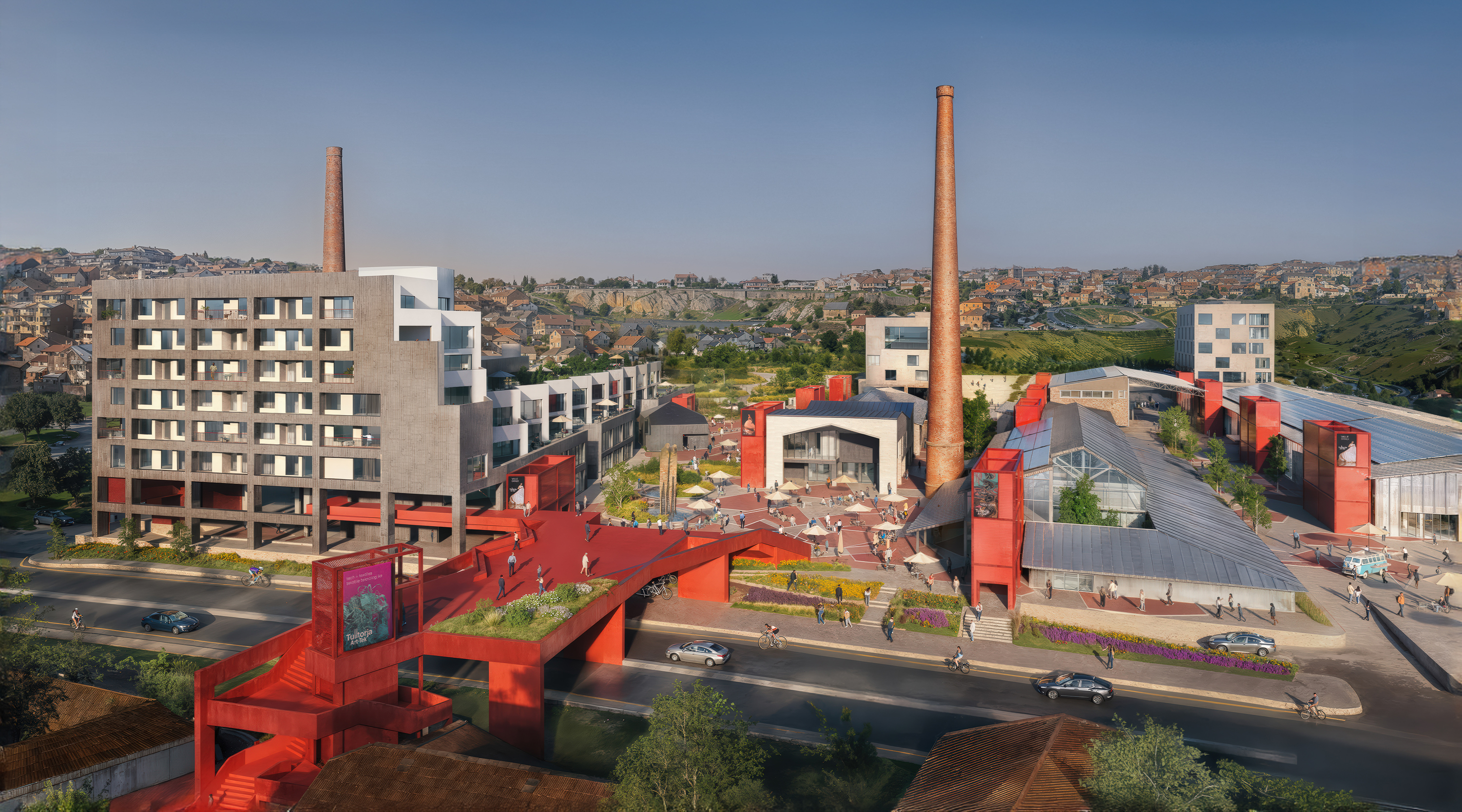 At the Holcim Foundation Forum and its Grand Prizes, sustainability is both urgent and hopeful
At the Holcim Foundation Forum and its Grand Prizes, sustainability is both urgent and hopefulThe Holcim Foundation Forum just took place in Venice, culminating in the announcement of the organisation's Grand Prizes, the projects especially honoured among 20 previously announced winning designs
-
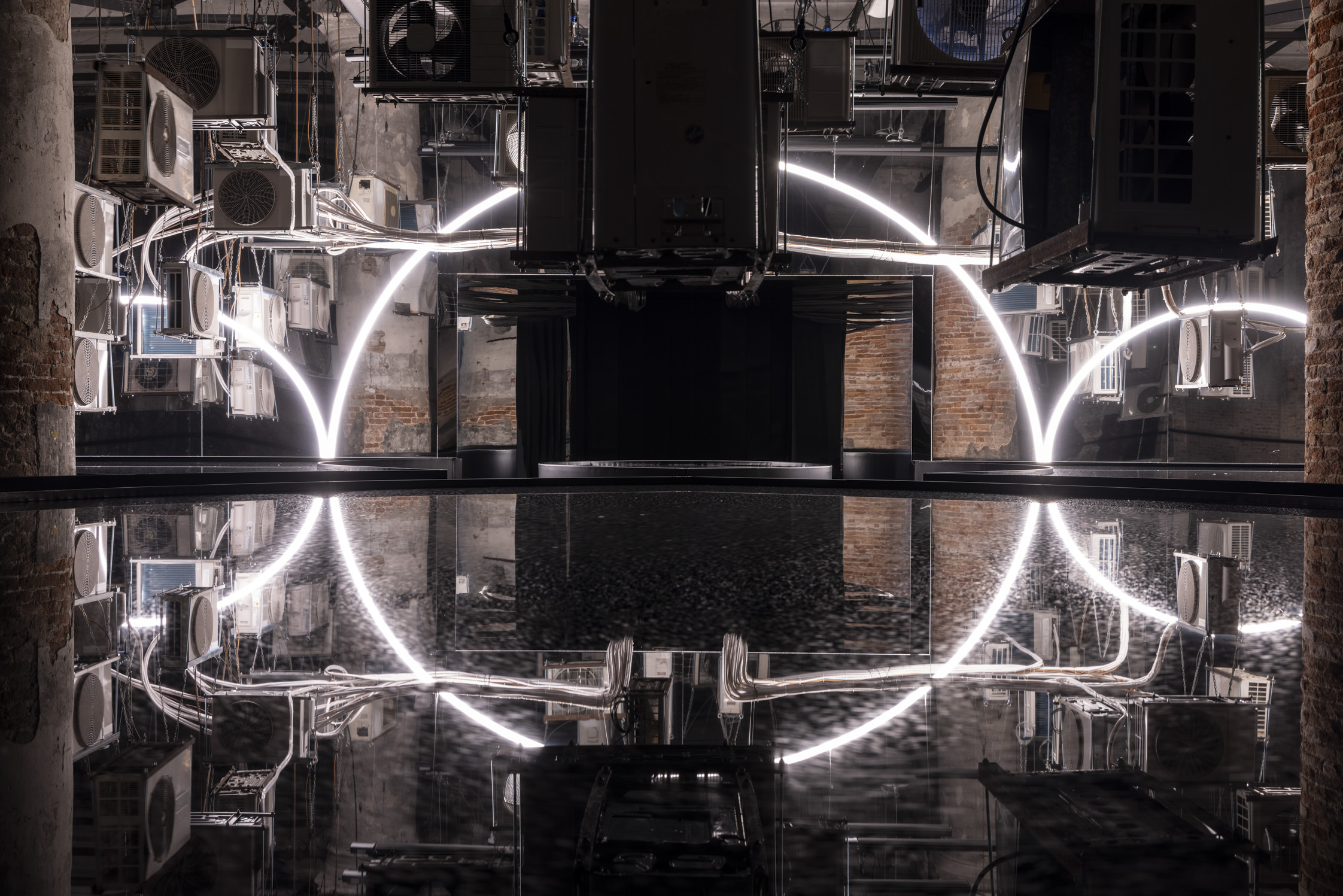 Carlo Ratti reflects on his bold Venice Architecture Biennale as it closes this weekend
Carlo Ratti reflects on his bold Venice Architecture Biennale as it closes this weekendThe Venice Architecture Biennale opens with excitement and fanfare every two years; as the 2025 edition draws to a close, we take stock with its curator Carlo Ratti and ask him, what next?
-
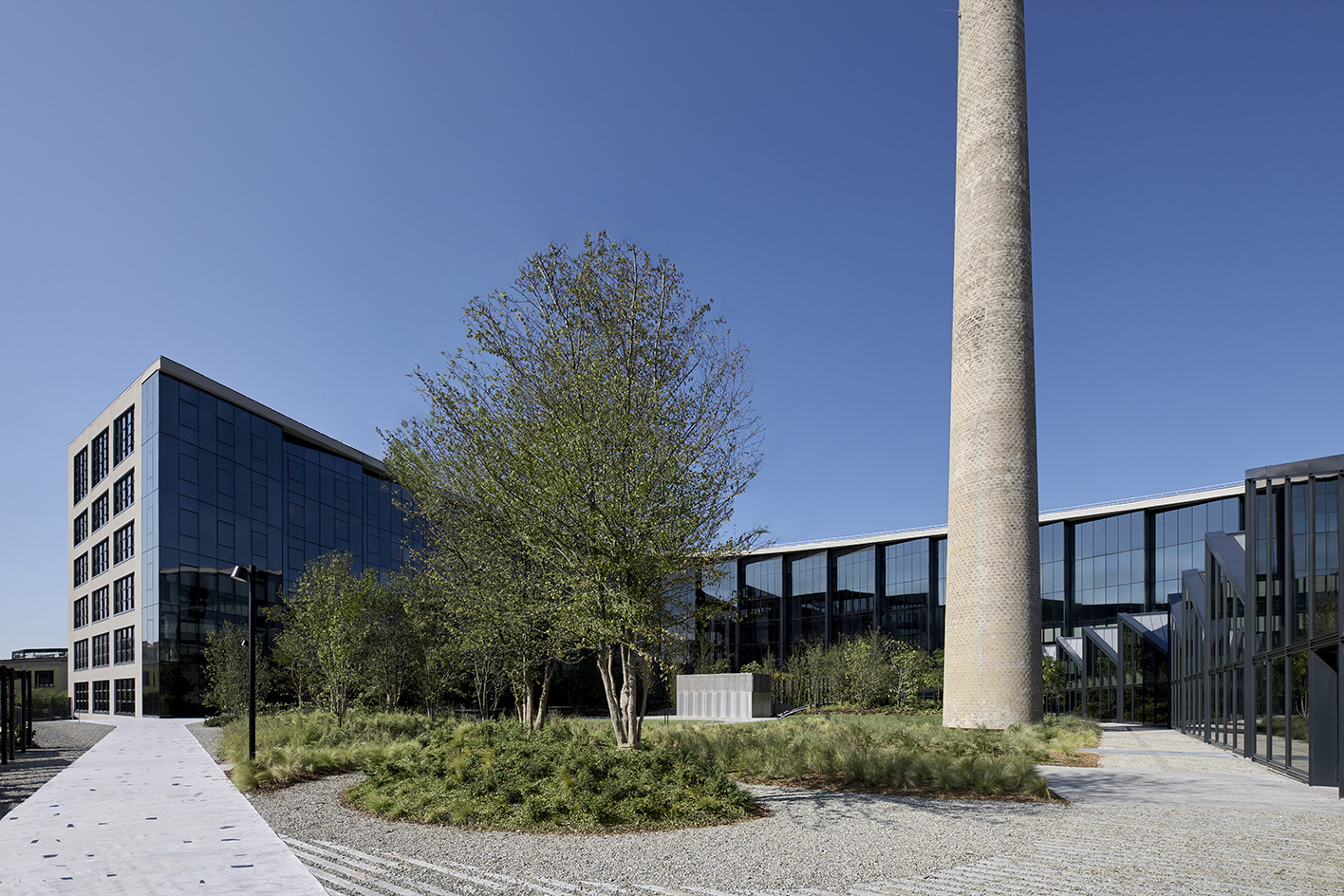 Step inside Casa Moncler, the brand’s sustainable and highly creative Milanese HQ
Step inside Casa Moncler, the brand’s sustainable and highly creative Milanese HQCasa Moncler opens its doors in a masterfully reimagined Milanese industrial site, blending modern minimalism and heritage, courtesy of ACPV Architects Antonio Citterio Patricia Viel
-
 Aldo Frattini Bivouac is a mountain shelter, but not as you know it
Aldo Frattini Bivouac is a mountain shelter, but not as you know itA new mountain shelter on the northern Italian pre-Alp region of Val Seriana, Aldo Frattini Bivouac is an experimental and aesthetically rich, compact piece of architecture
-
 The 2026 Winter Olympics Village is complete. Take a look inside
The 2026 Winter Olympics Village is complete. Take a look insideAhead of the 2026 Winter Olympics, taking place in Milan in February, the new Olympic Village Plaza is set to be a bustling community hub, designed by Skidmore, Owings & Merrill
-
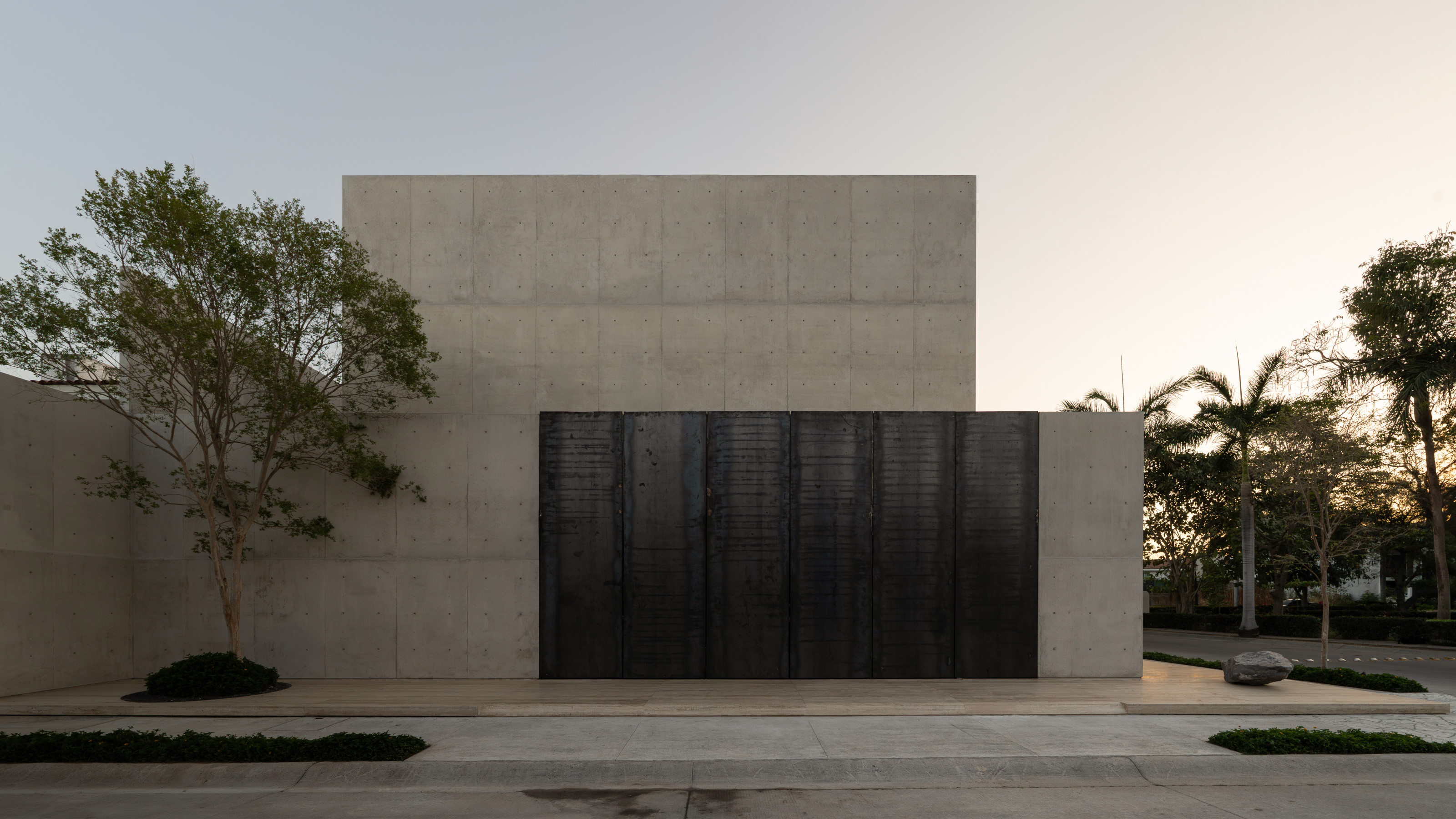 A beautifully crafted concrete family house in a Mexican suburb is a contemplative oasis
A beautifully crafted concrete family house in a Mexican suburb is a contemplative oasisHW Studio have shaped a private house from raw concrete, eschewing Brutalist forms in favour of soft light, enclosed spaces and delicate geometries